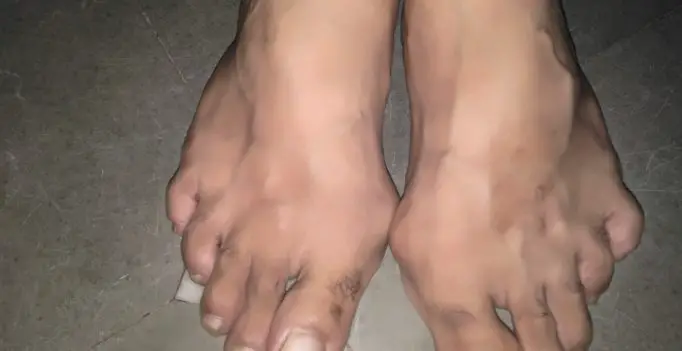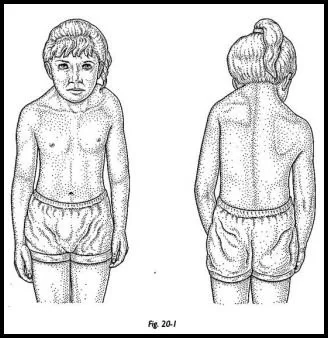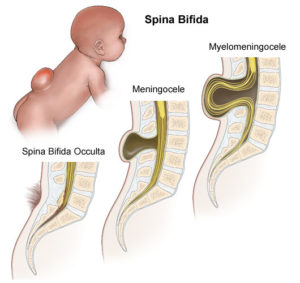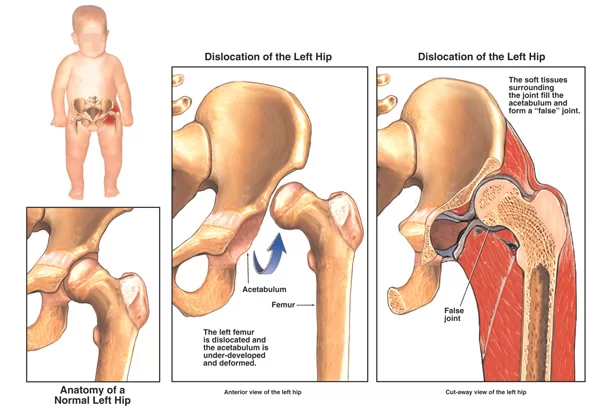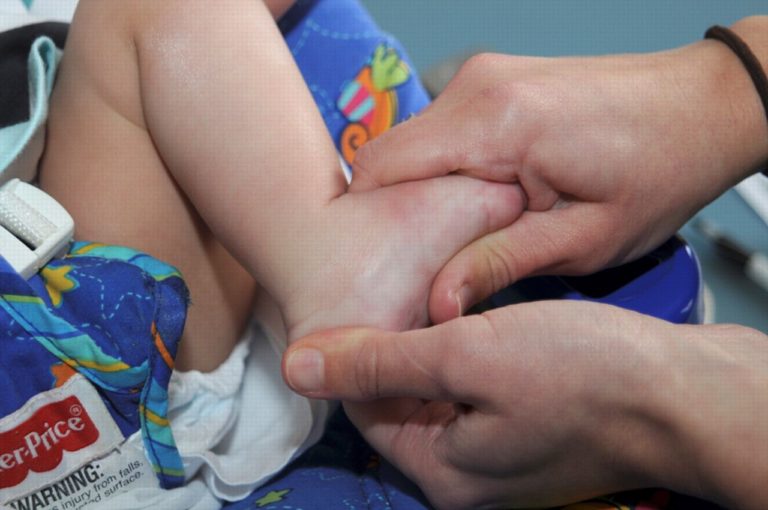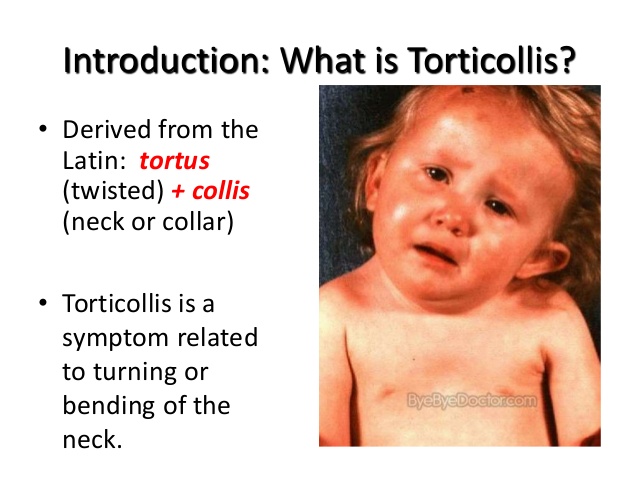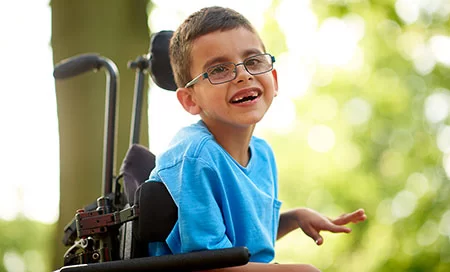Knee Varus Deformity
What is a Knee Varus Deformity? Varus deformity is an inward angulation (medial angulation, that is, toward the body’s mid-line) of the distal segment of a leg. Also known as Bow-legged or Genu varum. Causes of Knee Varus Deformity → When the knee is not perfectly aligned, otherwise known as Mal-aligned.→ Mal-alignment of the knees…

